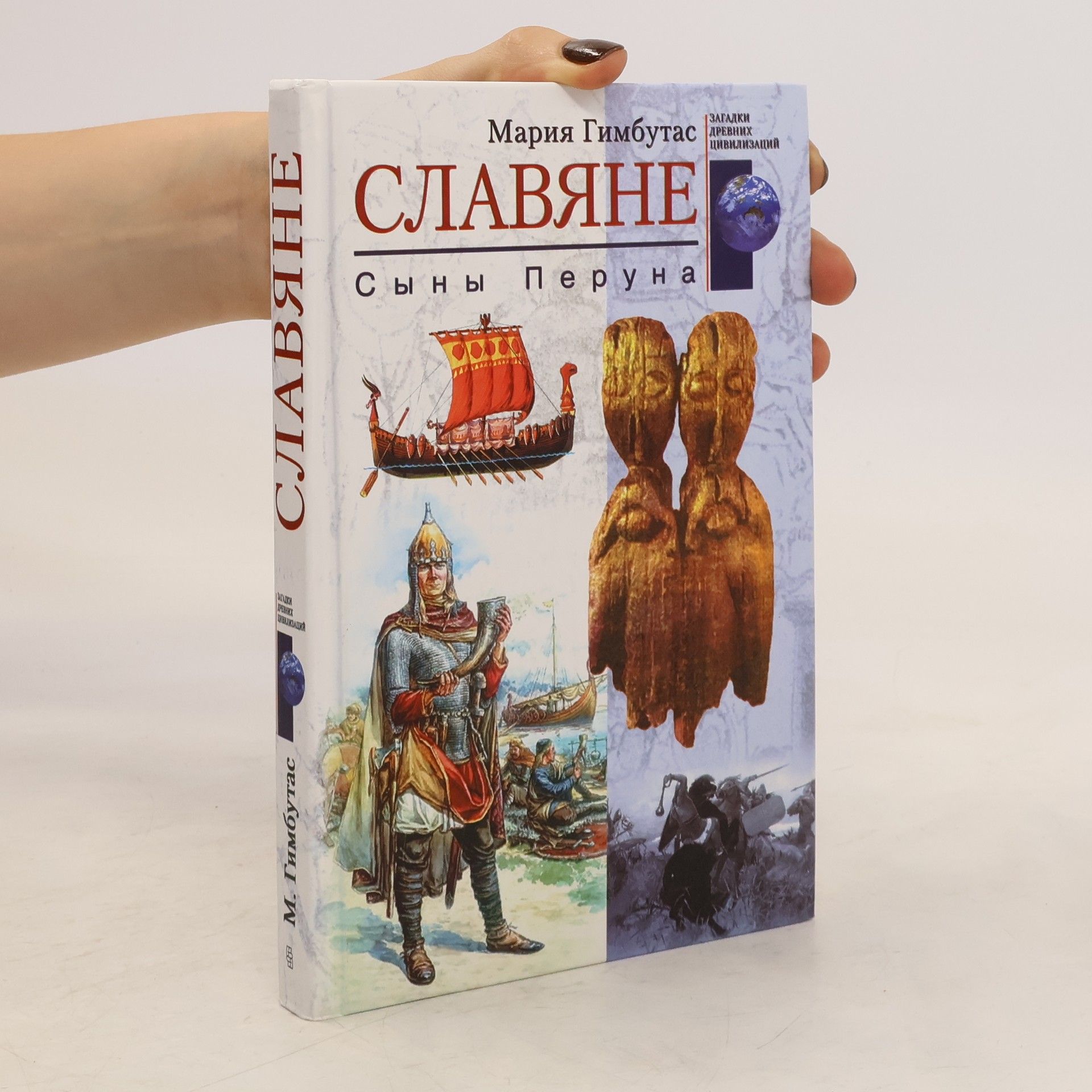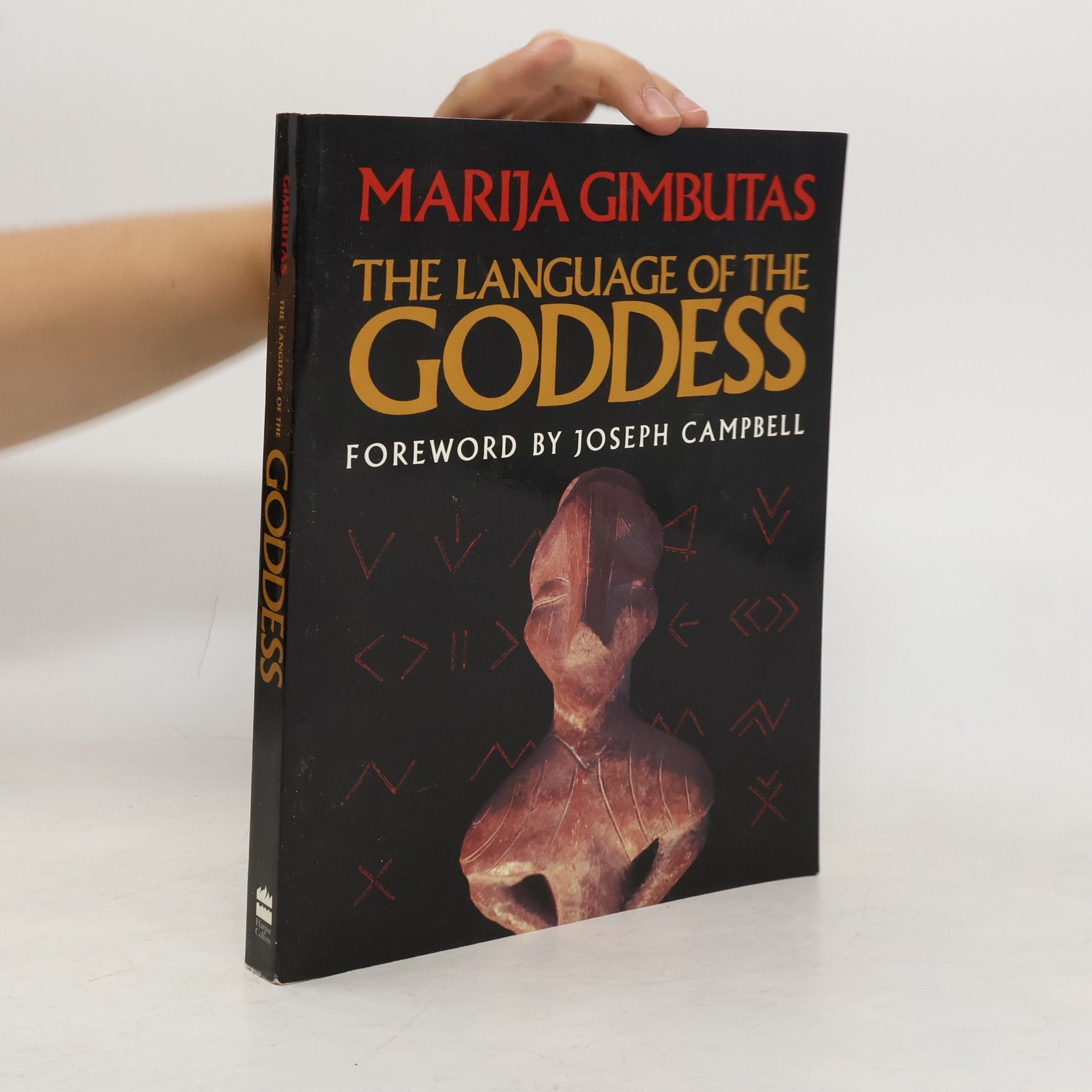Gimbutas schildert auf wissenschaftlichen Grundlagen ein Weltbild, in dem das mitteleuopäische Neolithikum von einer Religion der „Großen Göttin“ geleitet gewesen und von patrilinearen Horden aus dem Kurgangebiet überfremdet worden sei. Sie beweist das Vorhandensein eines reichhaltigen Pantheons an Göttinnen, welche sich im Paläolithikum herausbildeten, anhand einer Vielzahl und oft selten publizierter archäologischer Funde aus der vor-indo-europäischen Zeit. Aus dem Inhalt: - Die Zivilisation des Alten Europa und seine Bedeutung - Die Realität der neolithischen Künstler - Rituelle Kleidung - Die Maske - Altäre und die Rolle von Figurinen - Kosmogonische und kosmologische Motive - Die Herrin des Wassers: die Vogel- und die Schlangengöttin - Die Göttin des Lebens, des Todes und der Wiedergeburt - Die schwangere Vegetationsgöttin - Der Jahres-Gott: Phallus, Stier und Dionysus - Das heilige Kind Deutsche Erstausgabe!
Marija Gimbutas Book order
Lithuanian-American archaeologist Marija Gimbutas introduced a new perspective on the Neolithic and Bronze Age cultures of "Old Europe." Her interdisciplinary approach, combining archaeological findings with linguistics and mythological interpretation, paved the way for novel understandings of the past. Her works brought forth revolutionary ideas and shaped scholarly debates, even if they met with mixed professional reception. Her legacy lies in redefining prehistoric European societies.






- 2010
- 2008
Славяне
Сыны Перуна
- 2001
Marija Gimbutas wrote and taught with rare clarity in her original - and originally shocking - interpretation of prehistoric European civilization. This text contains the distillation of her studies, combined with new disco veries, insights, and analysis. schovat popis
- 1991
The Language of the Goddess
- 416 pages
- 15 hours of reading
Marija Gimbutas' masterpiece in a new, easily affordable paperback edition: "A dramatic story of paradise lost and rediscovered."-- "New York Times"
- 1983